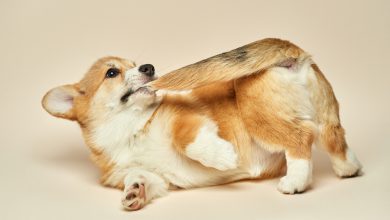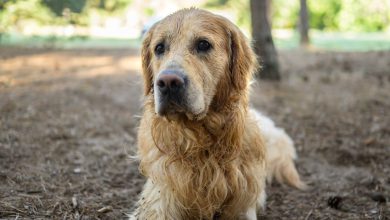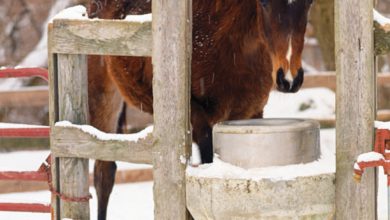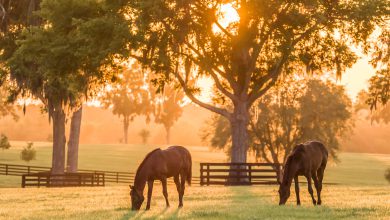Healthy Topline for a Healthy Horse
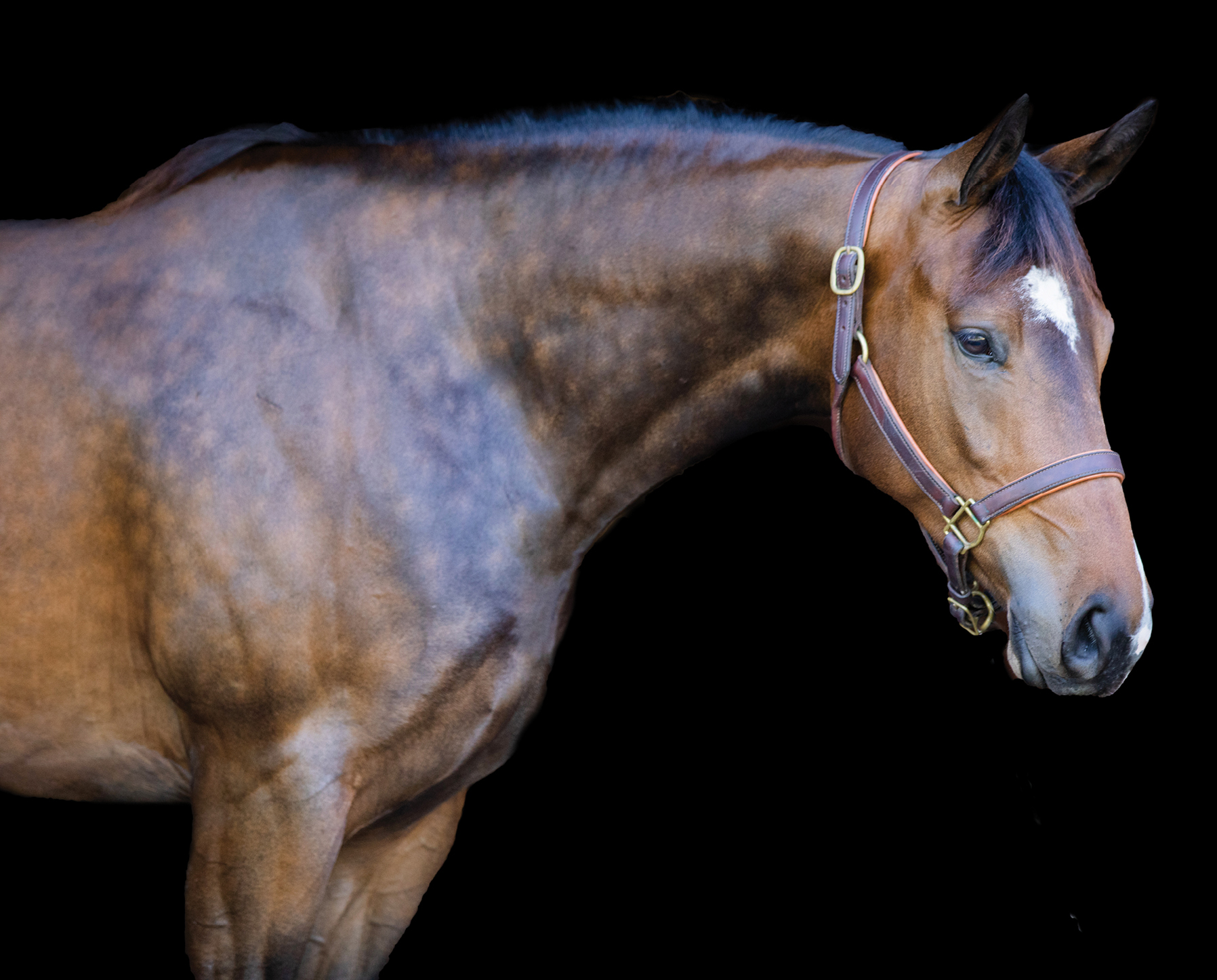
A horse’s topline, which runs from the withers along their back to their hind end, isn’t just about aesthetics; it’s also an indicator of health and fitness.


Scoring a Topline
The topline evaluation system is a measuring method that can help you gauge the muscling across these areas, from the withers through the croup. The scoring system ranges from A (ideal) to D (atrophied).
- A-Rated Horse: Has full muscle beside the withers and along the spinal column, the hips are full, and the stifle muscles are defined.
- B-Rated Horse: Similar to an A-rated horse, except the horse lacks muscle fullness around the withers and back.
- C-Rated Horse: Horse lacks muscling from the withers to the loins. The back appears swayed, and the back and loin areas are bony; however, they likely have adequate hips and stifle muscling.
- D-Rated Horse: The withers lack muscle around them, the hips appear pointed, and the muscles over the croup and through the hips are flat and narrow.
Slow, Steady Fixes
Your horse’s topline is improved primarily through nutrition and conditioning but can be negatively impacted by other factors. Consistent fixes over time will help rebuild or maintain a healthy topline.
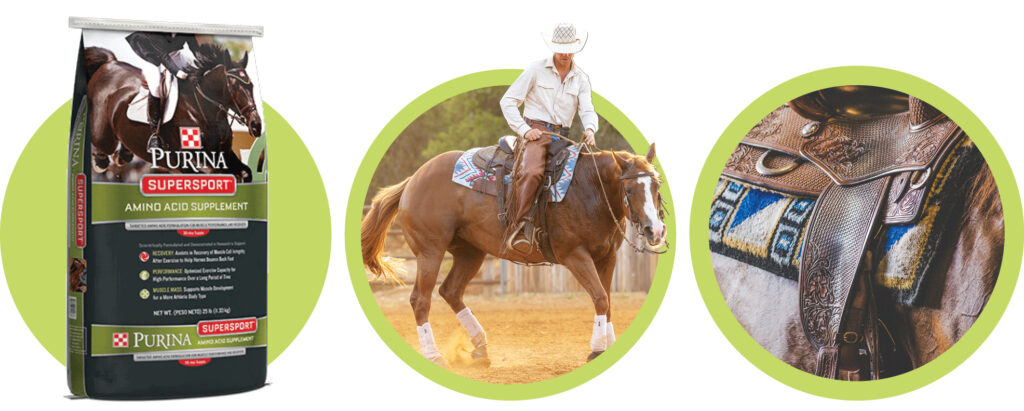

Diet
Muscle, which primarily creates the ideal topline, requires protein and amino acids to repair. This includes a balance of lysine, methionine, and threonine. Even with quality forage like hay or grass, your horse can still lack the amino acids needed to maintain muscle.
Supplements like Purina SuperSport can help ensure your horse gets the nutrients he needs and help with overall muscling.
Exercise
Condition based on your horse’s age and what you use him for. Some additional exercises that may help build the topline, if not already a part of your riding routine, include hills and backing. Longeline work can also be useful.
Tack fit
Ill-fitting tack and equipment can interfere with your horse’s muscle development. If your horse develops white hair or consistently has dry spots underneath the saddle, this could indicate a fit problem. Work with an experienced fitter to find a saddle that will work for your horse.
